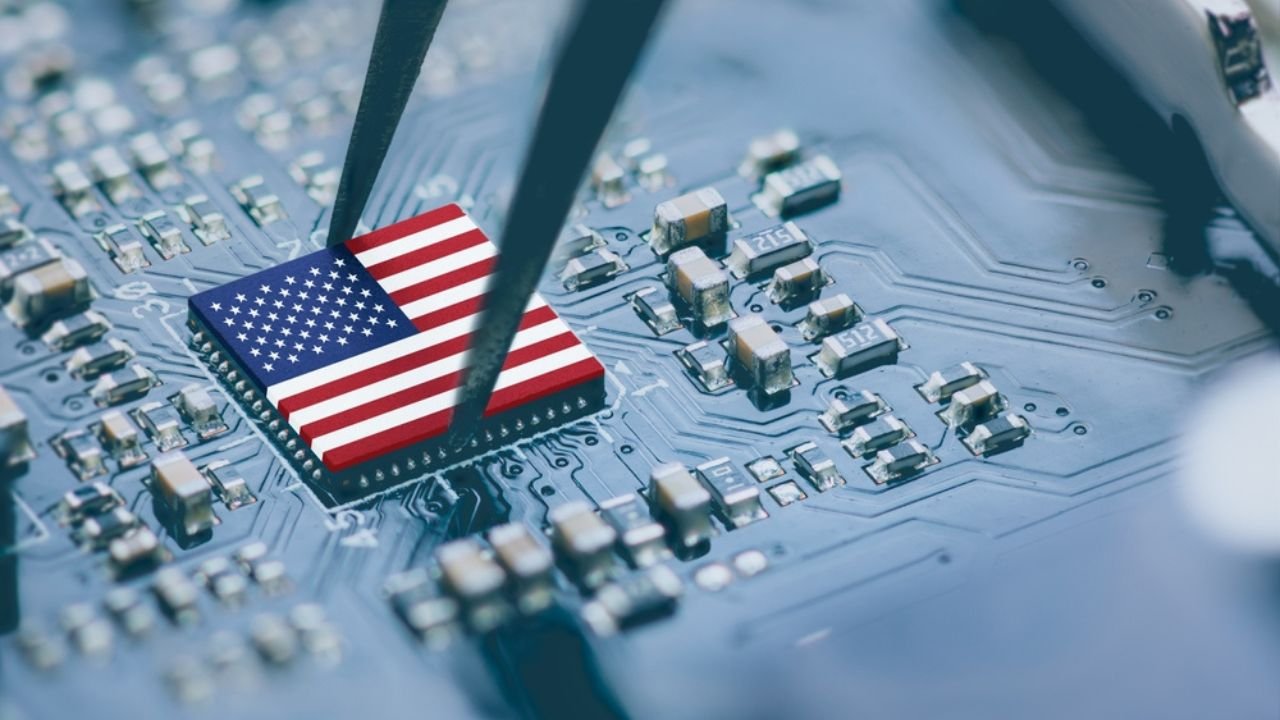The Chips and Science Act, which was signed into law in 2022, was a binary work of the Congress intended at strengthening microchip production in the US while calling for less reliance on East Asian fabrication plants. On paper, this has created good prospects; however, the increasingly reluctant US continues to fail to address the issue of immigration law reform, which risks spoiling this successful story.
The Chips and Science Act: A Brief Get-Well Note
The Chips and Science Act is still relatively new but has already gone far to enhance the semiconductor industry in the United States. Subsidies amounting to about $29.5 billion and loans totaling about $25 billion have been provided, which have financed undertakings of approximately $350 billion. Forecasts unveiled indicate that the US may increase fabrication capacity for semiconducting chips by a factor of three by the year 2032 and may even account for 28 percent of the advanced logic chips by 2032, although there was no output in this region in the year 2022.
The workforce shortage crisis
However, to accomplish this aggressive strategy, more emphasis needs to be laid on having a competent workforce for the construction as well as the operation of the semiconductor fabrication plants. The current workforce shortage poses a severe threat.The current workforce shortage poses a severe threat.
Skilled Labour Shortage: Another problem of dealing with this type of equipment is the shortage of skilled installers for the focused and hyper-precise chipmaking.
Stagnant Education Trends: The ratios of Americans going for the relevant graduate programmes have, for example, been stagnant for the last 30 years.
Ageing Workforce: Much of the current workforce is close to retirement age, and among the fab workers, 36% are above 55 years old, and 54% seek to resign shortly.
Projected Shortfall: Thus, according to the Semiconductor Industry Association, there will be a shortage of 67,000 skilled personnel in the US by 2030.
Immigration Reform: Critical Need
Ohio, with the Chips Act, is to have a $200 million training and education fund or workforce development to be prioritized. More colleges are developing new degrees and certificates to target the semiconductor business. However, they will not satisfy the existing needs of the industry, and the long-term projection remains inconclusive, with only the hope of more immigration.
The current immigration system is inadequate.
Oversubscribed H-1B Programme: Each year, the H-1B visa availability is hugely met with overwhelming demand, where the available quotas, caps, and restrictions relating to certain countries slow down the processing of such visas, especially for Indians.
Long Wait Times: Most of the intending semiconductor workers spend many years—in some cases, up to 20 years—waiting to get immigration status.
Proposed Solutions: A Chipmaker’s Visa
To address this crisis, several solutions have been proposed:
Chipmaker’s Visa: Cohort 3 available visas—The Economic Innovation Group recommends the sale of limited visas (for instance, 10,000 every year for 10 years) for highly skilled workers and a minimum salary. Such workers would be allowed to switch from firm to firm within the industry, and after five years of working, they would be eligible for permanent residence. The remaining amount would be justly used to assist American students with scholarships and training programmes relating to the workforce across the country.
Increase High-Skilled Visas: More of these high-skilled immigrants’ overall visas should be granted, and this should be granted particularly to those with special skills in STEM.
Exempt STEM Graduates from Caps: Graduates from foreign schools with an advanced STEM degree in the US should not be banned from green cards so that employers in the semiconductor industry can have a ready workforce.
Conclusion
For the grand objectives of the Chips and Science Act to be realised, enhanced and proper immigration reform must be tackled without delay. The problem of the skill gap in STEM jobs is not unique to semiconductors alone, which emphasises the need to address the lack of a nimble immigration policy. Specific visa initiatives and raising the number of highly skilled immigrant visas will let the US protect its technological dominance and security, along with the domestic semiconductor industry’s evident economic benefits.





